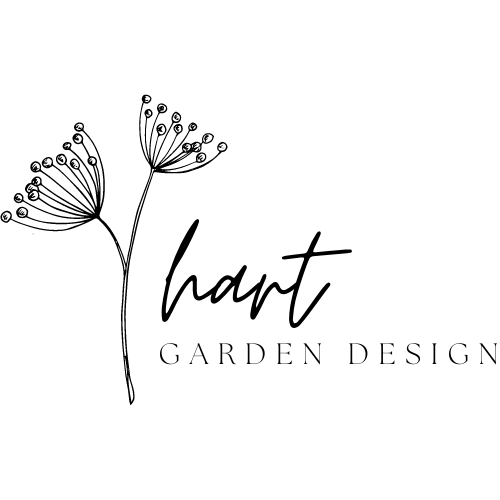How to Plant a Beautiful Border
Do you have an empty planting border to fill? Or perhaps you are not sure how to make your existing planting tie together. Try the following tips to put together a beautiful planting scheme in your garden.
Right Plant, Right Place
Put plants in the wrong place and they will always look unhealthy. Take a little time to assess your border before you buy - is it in sun or shade? East and North facing borders will be cooler and shadier compared with the South and West facing spots that bake in the afternoon sun. Check out the soil - is it heavy, sticky clay or light sandy soil (try the squeeze test)? Check the labels in the garden centre to see where your particular plant thrives or try finding the plant at Gardeners World or the RHS plant finder. If the plant doesn’t like your conditions, don’t buy!
2. Keep it Simple (and repeat, repeat, repeat)!
A garden filled with one of each type of plant will feel busy and confused. Try to slim down your selection and instead repeat key plants throughout the border. In the borders of the garden below, there are only seven different types of plants repeated throughout the space. Although its brimming full of plants, it doesn’t feel overwhelming due to repetition in the planting. Picking a colour palette to use as a basis for plant selection will also help to simplify and unify the planting in your garden. I really love purples and blues contrasted with bright pops of yellow and acid green.
Planting Design - Leamington Spa
3. Think about Shape and Foliage
Flowers tend to be short lived compared to the foliage and overall shape of the plant. Try to have some variety - contrasting shapes and foliage make the garden interesting. Looking at the photo above again, the garden includes:
Pittosporum tenuifolium ‘Golf Ball’ - neat, round, small leaved shrub.
Heuchera - frothy, large leaves, plum coloured foliage.
Stipa tenuissima - soft, upright grasses.
Salvia caradonna - tall spikes, purple flowers.
Compare to the before photo below with only round, small leaved box balls (Buxus sempervirens) and you see the garden becomes more interesting if you vary the shapes and foliage type of your plants.
Before photo
4. Be uneven!
Plant your garden in groups of 3’s, 5’s, 7’s etc. So, for example, if you are planning a container display for your patio, make it a group of three not four. If you want to plant a formal line of structural trees, try a row of three or five. When planting your perennials, try not to just plant 1 or 2. Instead try grouping 3 or 5 of the same plant together in an informal triangle shape - the mass of flowers and foliage creates a real impact in the border.
4. Layers
A border with everything at the same height can be a little uninspiring. Can you create a layered effect in your garden? You may have an upper storey of small trees, a mid storey of shrubs and tall grasses and a lower level of smaller perennials and bulbs. Typically you might have taller plants towards the back of the border and short at the front but don’t be too rigid about this - mixing it up a little will create a more natural appearance. I really like this garden designed by Colm Joseph, where there is variation in height throughout the space from the use of pleached and multi-stemmed trees, shrubs, perennials and low growing ground cover. The repetition in the planting and colour scheme ties the garden together.
5. Seasonality
Try to include a mix of plants that will give you interest across as much of the year as possible. I generally include evergreen shrubs, that will hold their shape and greenery throughout the winter months, and then add groups of plants that flower at different times of the year. So if you have a sunny spot and love purple flowers, you could start with clumps of Alliums in late Spring / early Summer. Surround these with patches of frothy Nepeta flowering in early - mid Summer and include groups of Asters (Symphytrichum) that produce beautiful purple daisies in late Summer / Autumn. Each will follow on from the next and give you a long period of colour and flowers.
6. Give it space.
The one I struggle with - you have to have a little patience! When you buy a plant, check out what size it will ultimately grow to and see if there is advice on planting distance. If you try to cram to much in, the border will quickly start to look messy and the plants will inevitably suffer. So it may mean for the first year or two, the planting may look at little sparse, but it surprising how fast most plants grow.
If you’ve found this helpful and would like further help and advice on planting your garden, please email me.





